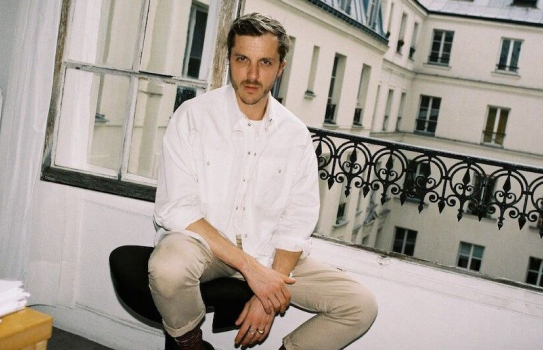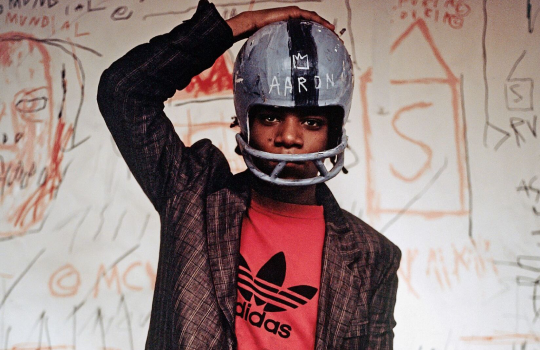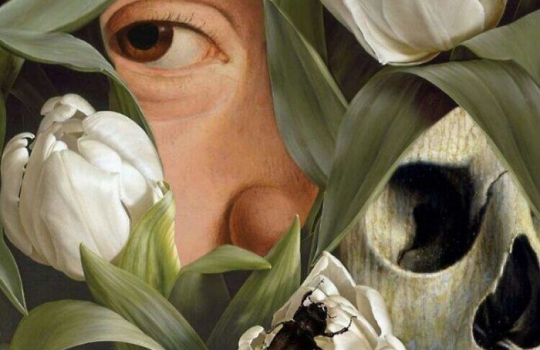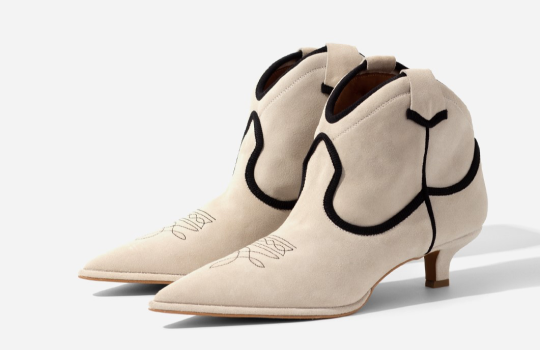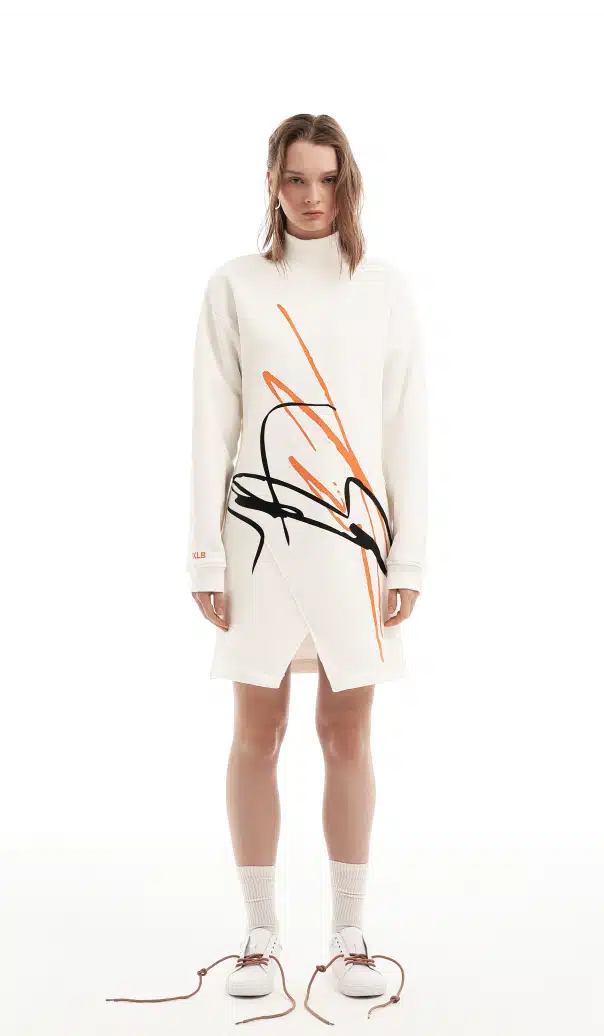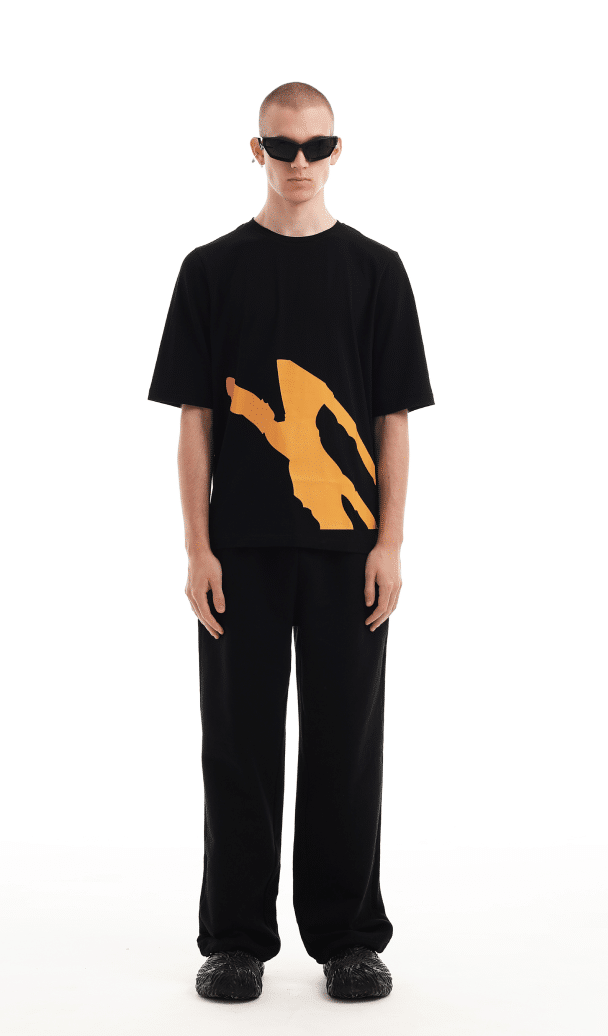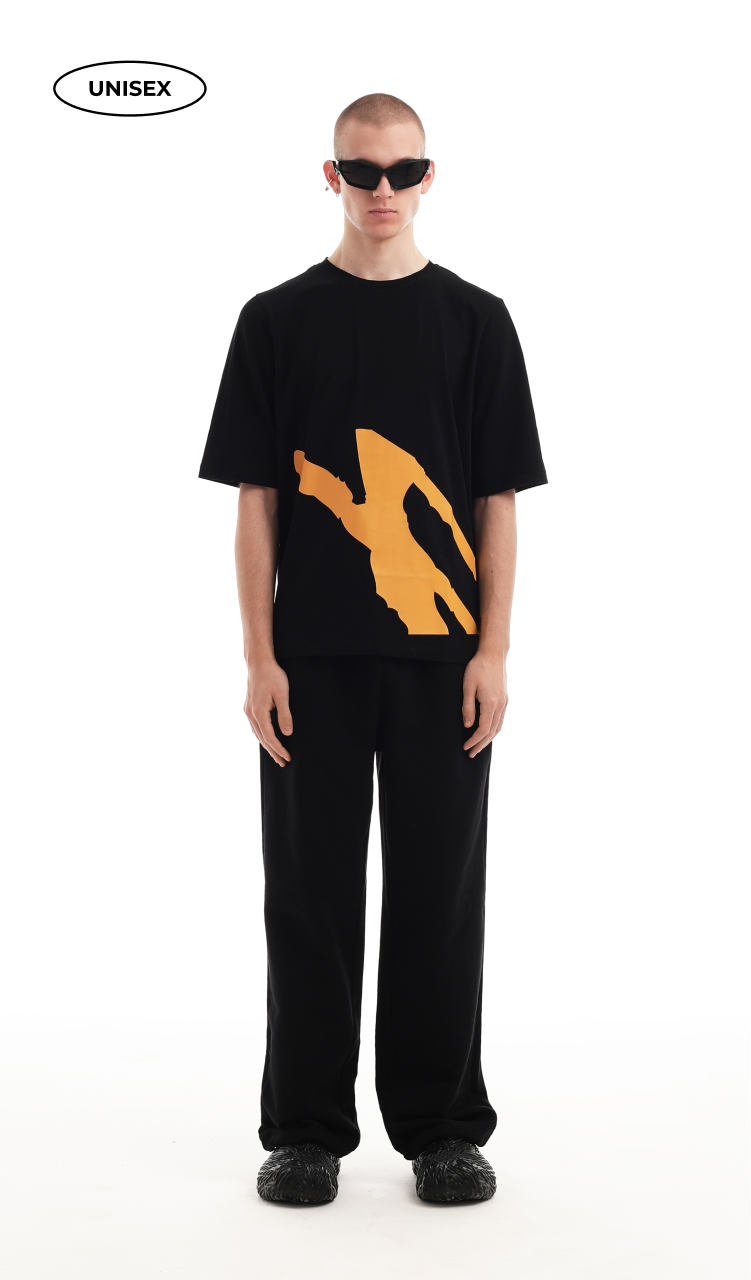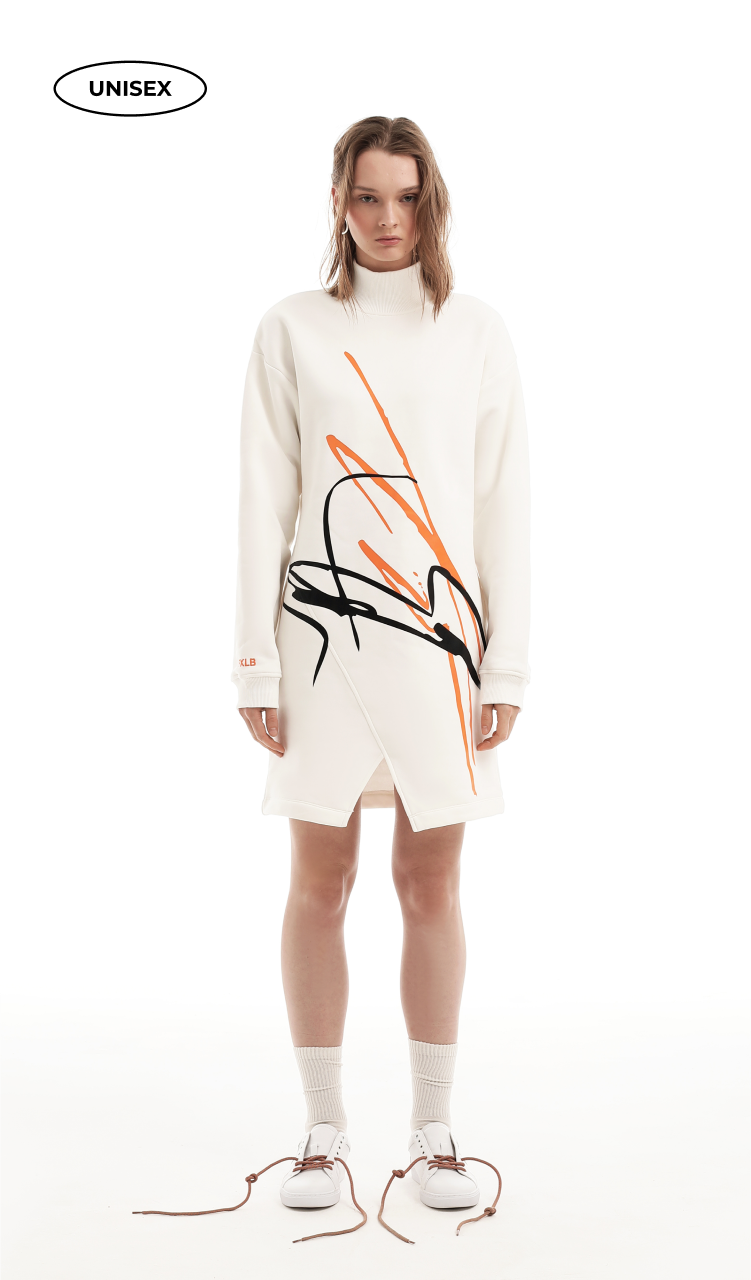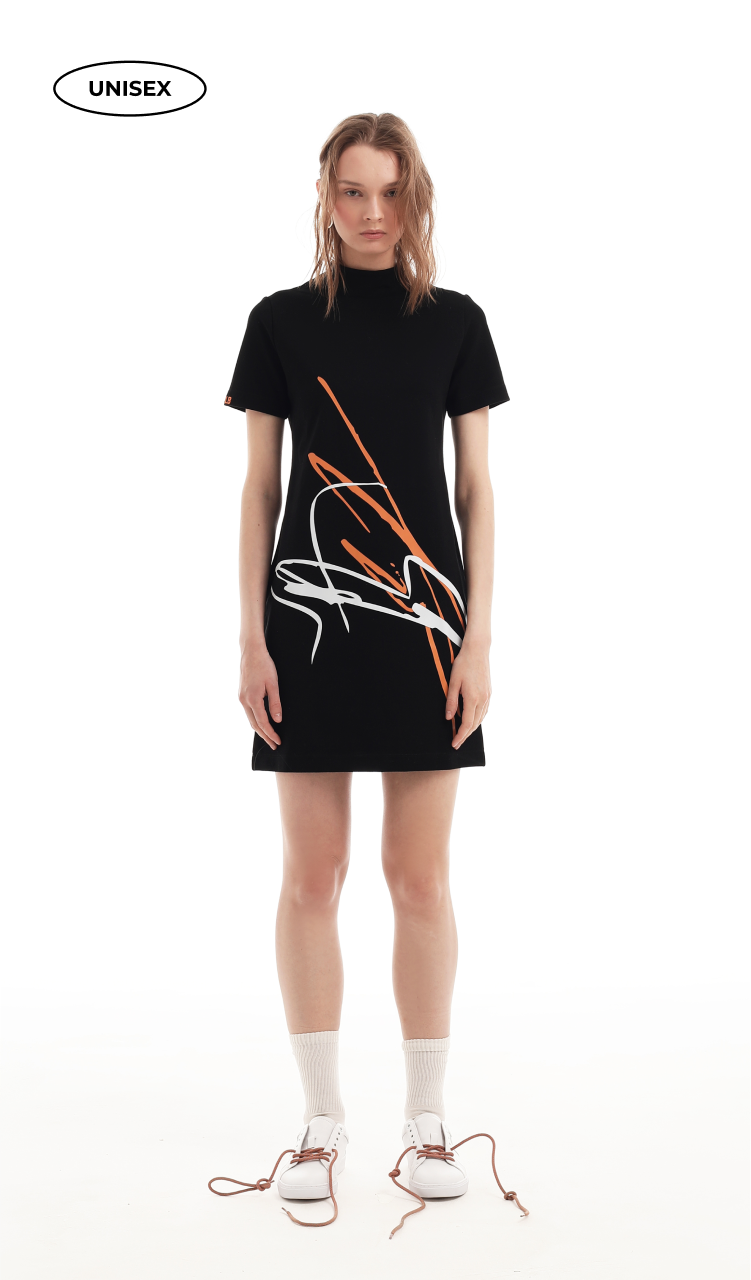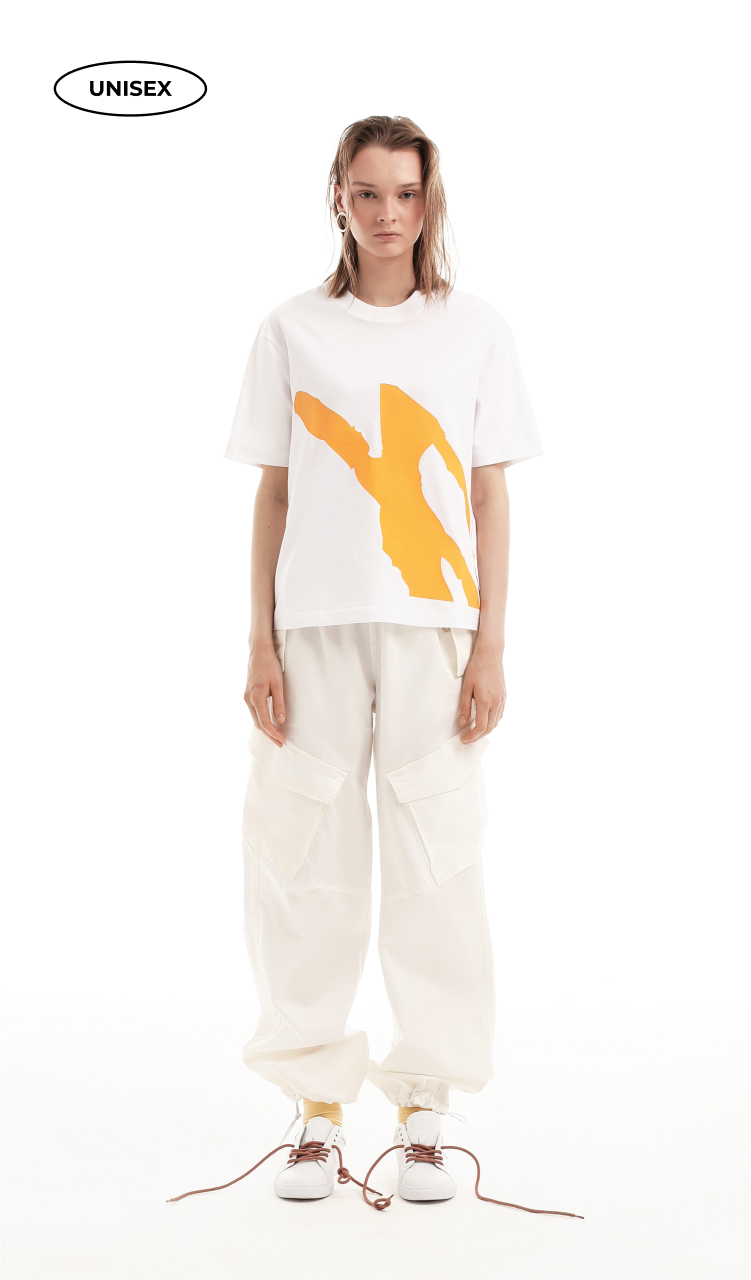Blog
NICOLAS BRUNO’S “THE SOMNIA TAROT”: SUBLIMATING FEARS INTO PHOTOGRAPHY

NICOLAS BRUNO’S “THE SOMNIA TAROT”: SUBLIMATING FEARS INTO PHOTOGRAPHY
Text: Anna Mar
Photo: Nicolas Bruno
March 04 2024
SHARE THE ARTICLE
The famous English film director Alfred Hitchcock wrote that the only way for him to get rid of his fears was to make a movie about them. The hero of our interview, photographer Nicolas Bruno, converts his terrifying experience of Sleep Paralysis into an image. He was born in 1993 and graduated from Purchase College in 2015 with a Bachelor of Arts in Photography. Nicolas Bruno lives and works in Northport, New York. From a young age, the photographer has regularly experienced episodes of sleep paralysis. Sleep paralysis is a borderline condition between wakefulness and sleep in which the body is paralyzed and unable to move, but the brain is active, accompanied by panic and severe hallucinations. People suffering from sleep paralysis often see or feel someone else’s presence in their room. Visualizing through photography his experiences of sleep paralysis became a kind of therapy for Bruno. The macabre aesthetic of Nicolas Bruno’s photographs is heavily influenced by 19th century Romanticists, historical texts, occultism and dream symbolism. His horror surrealist photographs are characterized by a frightening atmosphere, a particular gloomy color palette and characters’ faces hidden under the fabric. This motif of faceless characters is obsessively repeated in his works, becoming a kind of signature element by which fans recognize his work. In 2020-2021, Nicolas Bruno created “The Somnia Tarot” photo project, an author’s interpretation of the classic Rider-Waite Tarot deck based on his creative and visual interpretations. The “Tarot of Somnia” is considered one of the most coveted decks among Tarot card collectors.

What prompted you to take on a photo project “The Somnia Tarot”?
During the pandemic, I recounted many of my life experiences involving my sleep disorder, my spirituality, and childhood upbringing. Being a self-employed artist, my future became uncertain as the world began to shift into lockdown. In my art studio, I recalled a childhood memory of visiting my grandmother’s home, where I was first exposed to Tarot. While exploring my grandma’s basement, I stumbled upon a Tarot deck that once belonged to my great-grandma, Yia-yia. The deck was hidden on a high shelf among antiques and old model trains. Because of superstition, I was forbidden to touch the cards, but I would secretly look through them when my grandma wasn’t looking. Superstitions and traditions were a big part of my life growing up in a Greek Orthodox family. Every time I held Yia-yia’s cards, I became more captivated by the interesting imagery within them. This childhood memory, along with frequent encounters with Tarot during my college years, gave me the inspiration to research the Tarot during the pandemic lockdown. While fully immersed in books and historical tarot decks, I became enthralled by the connections that each card’s symbolism had to my dream journal entries. Before I knew it, I had begun planning the architecture for what was to become The Somnia Tarot.
How did you approach the process of interpreting each Tarot card into a visual representation? Did you do any research on the history and symbolism of Tarot cards before embarking on this project?
In my regular artistic practice, I begin by taking a rough concept from my dream journal and creating a basic pen and ink sketch. From there, I will expound on the sketch with possible costumes, props, photoshoot locations, and refined symbolism. After completing the planning process, I will use the sketch to inform the final photograph that I wish to create. I applied this practice to my Tarot imagery, where instead of pulling directly from my dream journal, I would weave together my Tarot research with matching dream journal entries. I was surprised to find that the imagery from my dream experiences directly correlated with many themes within the Tarot. Many of the sketches within my archive wound up becoming important images within The Somnia Tarot, such as The Tower, The Emperor, and Six of Swords.



Which Tarot card from the arcana collection resonated with you the most?
I have always resonated with The Hermit card from the Major Arcana. This card speaks of introspection, exploring visions from the subconscious, and entering solitude voluntarily to recount life experiences. During the conception of The Somnia Tarot, I often felt akin to The Hermit, as I would spend weeks in my studio pouring over old dream journals and books to plan the basis of the series. As a memento, I carried a copy of The Hermit card with me during the planning stages of The Somnia Tarot.

Did you discover any unexpected connections or revelations as you explored the arcana of the Tarot cards through your lens?
By creating the series, I had a unique opportunity to physically “live through” the Tarot by becoming each character for multiple scenes. While creating the photograph of The Hanged Man card, I experienced the act of being suspended upside down in a state of despair. While it was difficult to perform the stunt, I noticed a sense of tranquility while seeing the surrounding coastal environment upside down, similar to executing a difficult yoga pose. I had a similar introspective experience during the creation of The Moon image, where I was submerged in the tidal channels under moonlight, holding onto a wooden ladder that slightly breached the surface. This image was inspired by a concept from my early dream journals, and it was fulfilling to bring it to life years later.
How do you think your interpretation of the arcana of the Tarot cards through photography provides a new perspective on this ancient system of divination?
My unorthodox approach to retelling the story of the classic Tarot through photography helps weave a thread between Tarot symbolism, the subconscious, and using art as a therapeutic tool. In Sleep Paralysis, you awaken on the plain between the conscious and subconscious, where ominous spirits may appear. A similar experience may happen in our minds when exploring the complex entities within the Tarot. The Somnia Tarot draws connections between this ancient collection of symbolism and the subconscious visions that we may encounter in our wildest dreams. This series of photographs rides the edge between reality and the surreal, where the viewer may have a chance to bring forth inspiration from deep in their subconscious.




There are 78 cards in the Tarot deck. This is a very large-scale project. How long did it take to realize it?
After researching and sketching the series, I began creating the first photographs in April of 2020. I devoted each day of lockdown to bringing the series to life. Aside from creating a body of artwork, my main goal was to create a functional deck that beginner and expert tarot users could explore in depth. In the creation period, If I wasn’t outside creating a photograph, I would be creating props and costumes for the next photoshoot. In order to stay efficient, I would attempt to shoot multiple images during each photoshoot session. There were many times where I had to reshoot a concept in order to express the symbolism correctly. To remain budget conscious, I worked with up-cycled materials, thrift store finds, and modified antiques to set the stage for my images. I primarily worked alone on each image, as well as working with my sister, fiancee, and close friends. It’s important to me to include my loved ones within my artwork, as they lend their positive and supporting energy to each piece. I finished the final photograph in December of 2020, which completed my goal of shooting seventy-eight images before the end of the year.

What kind of response or feedback have you received from the public? Have you received any criticism from people who practice tarot?
Originally, I was quite nervous to share this series with the world. The history of the Tarot is deep, complex, and held to a high standard. Being one of the first full Tarot decks created in the genre of Conceptual Photography, I was cognizant of the fact that there may be criticism from traditional Tarot practitioners who only use cards with illustrated artworks. Before releasing the final body of work, I gathered the feedback of a few close friends and colleagues who were strong practitioners of Tarot. After taking the leap of faith, I displayed the first exhibition of the full series in February 2021, which was well received. In March, I launched an independent crowdfunding campaign for The Somnia Tarot Deck, which was self published and fully funded on launch day by an outpouring of international grassroots support. The Somnia Tarot Deck was recently recognized by The College of Psychic Studies of London and added to their permanent museum archive. I am continually blown away by the great support of my patrons. I hope to continue sharing artworks that inspire and bring joy into their lives.
When you were only seven years old, you began to experience sleep paralysis. You have a series of photographic works related to this experience. Did the realization of this project help you to cope with the fear of sleep paralysis?
By transforming my Sleep Paralysis episodes into artworks, I was finally able to express what was happening to me during sleep. After releasing my artworks publicly, I would eventually find a diagnosis for my sleep disorder and connect with thousands of sleep paralysis sufferers around the world. This therapeutic act of creating a self portrait allows me to relive and reclaim each terrifying nightmare experience. My dream journal also allows me to become more familiar with each dream and the entities within it. Now when I wake up in paralysis, I can confront the dream with courage and bring back inspiration for my next artwork.
Please, tell us about your short film "The Fear Cycle" and the next photography project “Dream Submissions”.
The Fear Cycle short film encompasses my life experiences with Sleep Paralysis and using art as a therapy to overcome each nightmare. The film explores my artistic process, dream journal entries, as well as theatrical reproductions of each dream within a dark antique castle on Long Island, NY. The film was well received at international festivals and will soon be released on streaming services. For my Dream Submissions project, I am gearing up to recreate the nightmares of my patrons through my photography. My fans will be able to submit their own dreams, and if they are chosen, they will work directly with me to bring the dream to life through photography.




Name a work/works of any genre (book, film, poem) that has left a mark on you.
A few works that have brought inspiration to me are Rules For A Knight by Ethan Hawke, The Lighthouse film by Robert Eggers, The Legend of Zelda series, and the paintings of Caspar David Friedrich. For those exploring the world of Tarot for the first time, I would recommend the book titled Tarot and the Archetypal Journey by Sallie Nichols.




What would you like to achieve in your wildest dreams?
During my lifetime, I hope to help uncover the mysteries of Sleep Paralysis and shed light on the disorder. Through my research, I have become perplexed by the recurring entities that appear in dreams across the world, no matter which culture or time period. The shadow-like figures can be traced back hundreds of years through the folklore and journals of those who came before us. It would be amazing to uncover what connections humans have to the realm between the conscious and subconscious. Aside from this, I hope to continue creating surreal artwork that inspires others to use art as a therapy for their difficult situations. Art is a universal language that can help communicate complex ideas and start life changing dialogues. I am looking forward to the continued lifelong pursuit of creating artwork that challenges others to see the world differently. My next series of artwork is underway, and I can’t wait to share it with you.
COMMENT
LEAVE A COMMENT
Actually, this article could
be in your email
Featured materials from FOXYLAB MAGAZINE
are available in our newsletters.
Subscribe and get a dose of inspiration!
SHARE THE ARTICLE

more articles
Since few seasons we have been assisting the triumphal comeback of denim. Behind this fashion trend there is mainly one man, The Perfect Designer of the Year according to Katie Granthe, Glenn Martens.
This article is about his artistic path, friendship with Andy Warhol, his relationship with Madonna, the tragic addition to the “27 Club” and his current relevance to the NFT.
Stress as a trigger to the emergence of the surrealistic digital collages. Spanish couple co creates art as a way to survive.
New York’s Gilder Center of American Museum of Natural History is now open. Stunning architectural wonders, fresh exhibitions, and immersive encounters…
Step into the world of Kachorovska’s Cherilyn, where unique enhancements combine style and comfort effortlessly…

want to share your story
with the world?
We're open to collaborating with creative and talented individuals like you. Leave us your email below, and let's connect for interviews, articles, and more.
don’t miss!
New drop
foxylab ny x Edward Acosta
New drop FXLB x Edward Acosta
A thin edge of seduction and the consumerism fetish is thoroughly blurred in Acosta’s art in the use of both light, and dark tones. Bold lines serve as a fashionable juxtaposition of a peaceful dream-like state and a vivid color, representing action and presence in the moment.
Since few seasons we have been assisting the triumphal comeback of denim. Behind this fashion trend there is mainly one man, The Perfect Designer of the Year according to Katie Granthe, Glenn Martens.
This article is about his artistic path, friendship with Andy Warhol, his relationship with Madonna, the tragic addition to the “27 Club” and his current relevance to the NFT.
Stress as a trigger to the emergence of the surrealistic digital collages. Spanish couple co creates art as a way to survive.
New York’s Gilder Center of American Museum of Natural History is now open. Stunning architectural wonders, fresh exhibitions, and immersive encounters…
Step into the world of Kachorovska’s Cherilyn, where unique enhancements combine style and comfort effortlessly…


